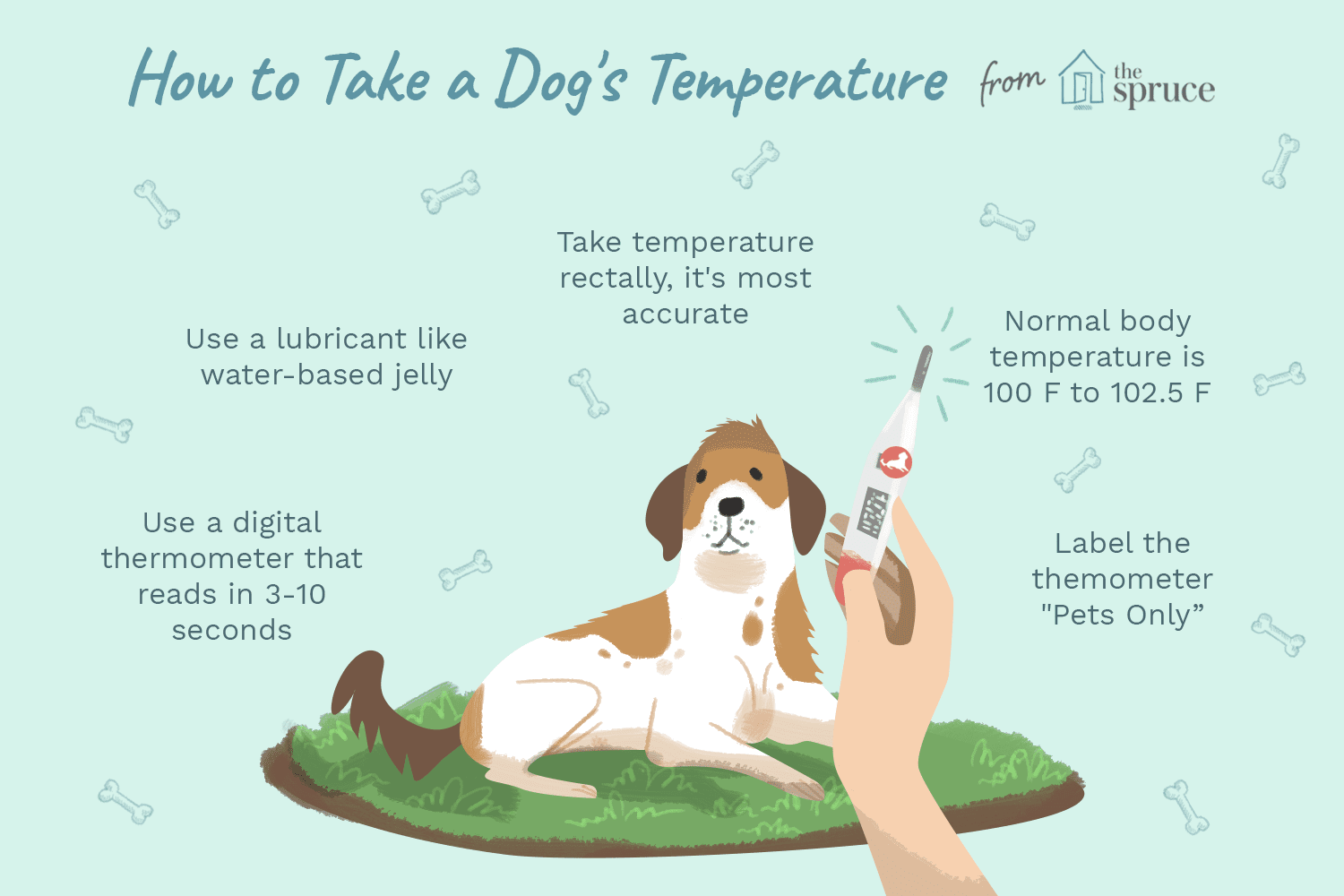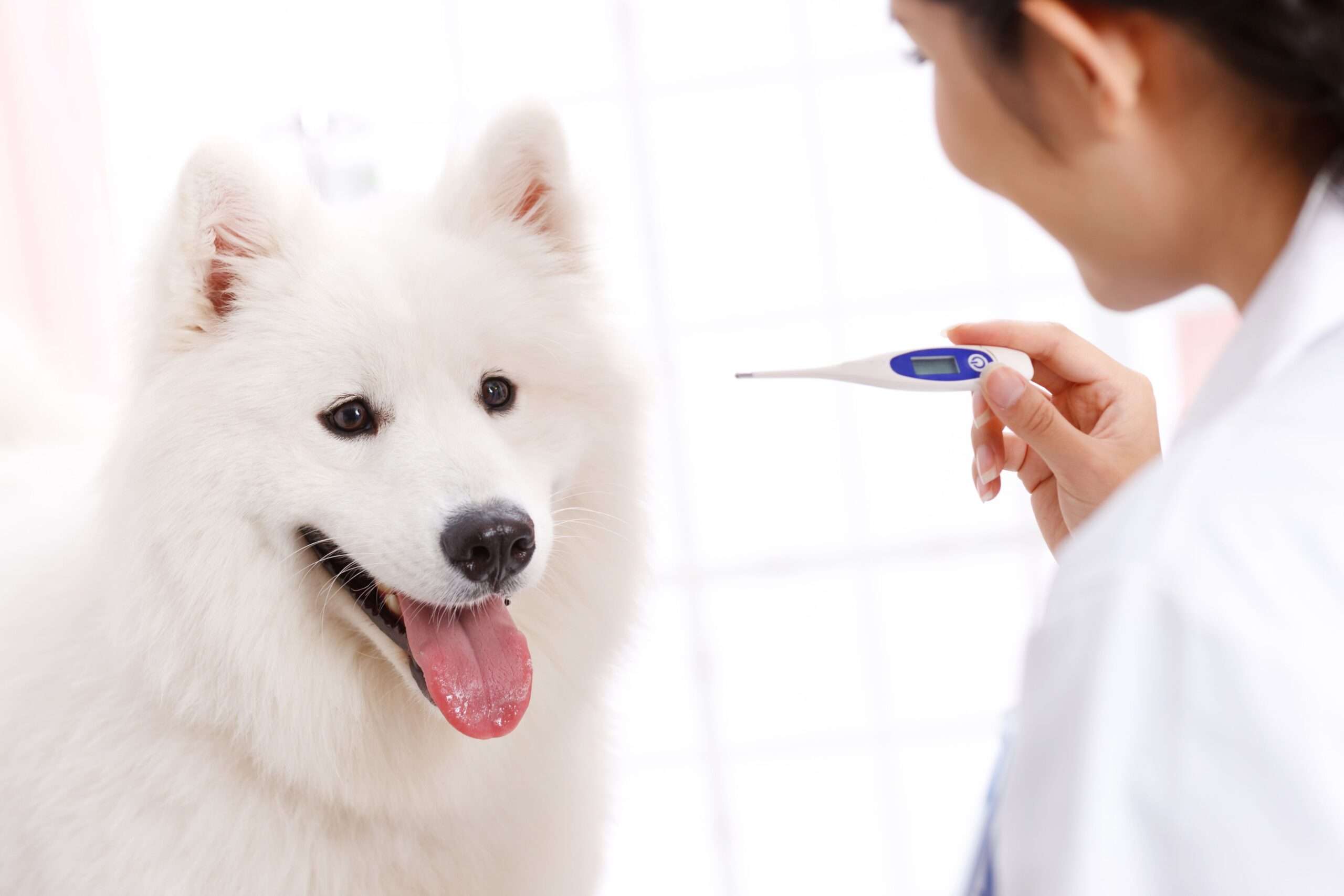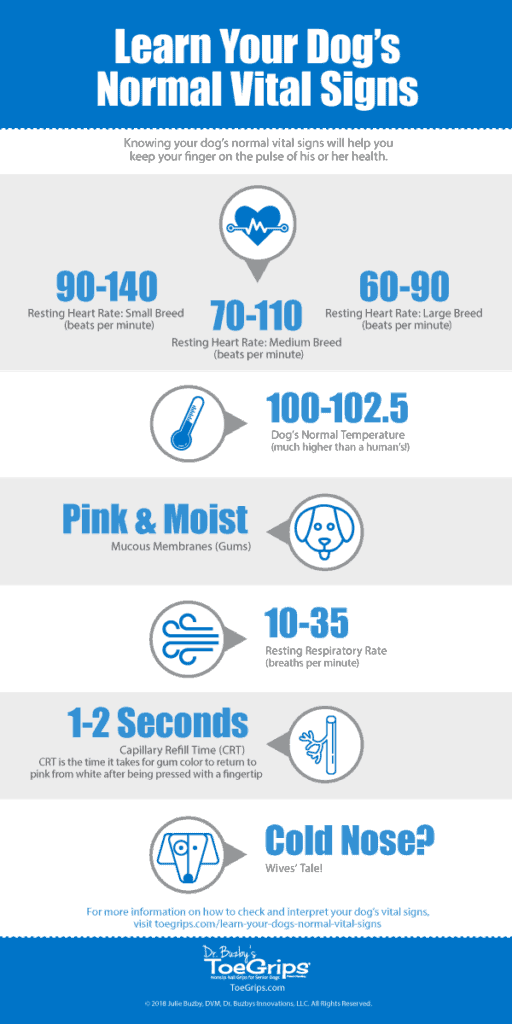Key Takeaways:
- It is important to regularly monitor your cat's temperature to ensure their overall health and well-being.
- The normal body temperature for a cat ranges between 100.5°F and 102.5°F.
- Using a digital rectal thermometer is the most accurate method to measure a cat's temperature.
- An elevated or high temperature in cats may indicate an underlying illness or infection.
- If your cat has a fever or abnormal temperature, it is best to consult with a veterinarian for proper diagnosis and treatment.
Are you a proud cat owner who wants to ensure the well-being of your feline companion? If so, understanding the basics of cat health is essential. One often overlooked aspect is taking your cat's temperature. While it may seem like a daunting task, knowing how to do it can provide valuable insights into your cat's overall health and help you detect any potential issues early on. In fact, studies show that regular temperature monitoring can lead to earlier detection of illnesses in cats, increasing their chances of successful treatment. So, let's dive into the world of cat health and learn how to take your feline friend's temperature like a pro!
Why is it important to monitor your cat's temperature?
Monitoring your cat's temperature is important because it can help you identify if your cat is sick or experiencing any health issues. Temperature is one of the vital signs that can indicate whether your cat is healthy or not. By regularly checking your cat's temperature, you can catch any potential problems early on and seek veterinary help if needed.
Changes in body temperature can be a sign of infection, inflammation, or other underlying conditions. Monitoring your cat's temperature can also help you track their recovery progress if they are already undergoing treatment for a specific illness or injury. It allows you to assess if the treatment is effective or if further intervention is necessary.
Benefits of monitoring your cat's temperature:
- Early detection of health problems
- Prompt medical intervention if needed
- Tracking recovery progress
- Maintaining overall health and well-being
Taking proactive measures to monitor your cat's temperature shows that you are a responsible and caring pet owner. It helps ensure that your furry friend receives the best possible care and attention when it comes to their health.
How to safely take your cat's temperature at home
Taking your cat's temperature at home can be done safely with some simple steps. It is essential to make sure both you and your cat are comfortable throughout the process.
Steps to take your cat's temperature at home:
- Gather the necessary supplies: digital thermometer, water-based lubricant, disposable gloves (optional), and treats as rewards.
- Create a calm environment: Find a quiet space where you and your cat can relax.
- Prepare the thermometer: Turn on the digital thermometer and ensure it is clean and ready for use.
- Securely hold your cat: Gently restrain your cat, ensuring they feel safe and supported. You may need an extra pair of hands if your cat is particularly squirmy.
- Lubricate the thermometer: Apply a small amount of water-based lubricant to the tip of the thermometer to make insertion more comfortable for your cat.
- Insert the thermometer: Lift your cat's tail slightly and gently insert the thermometer into their rectum, about half an inch to an inch. Be cautious not to insert it too far or cause any discomfort.
- Wait for temperature reading: Keep holding onto the thermometer until you hear a beep or see that the digital display has stabilized. This usually takes around 30 seconds to a minute.
- Record the temperature: Remove the thermometer carefully and read the temperature displayed. Record it in a notebook or on your phone for future reference.
- Reward your cat: Give your cat plenty of praise, treats, or playtime as a reward for their cooperation during this process.
Taking your cat's temperature at home requires patience, gentleness, and respect for your furry friend's comfort. Remember to always consult with a veterinarian if you have any concerns or difficulties while taking their temperature.
What is a normal body temperature for cats?
A normal body temperature range for cats typically falls between 100.5°F (38°C) and 102.5°F (39.2°C). However, individual cats may have slightly different normal temperatures, so it's essential to establish what is normal for your specific feline companion.
Factors influencing a cat's body temperature:
- Age: Kittens and older cats may have slightly different temperature ranges.
- Activity level: Cats that are active or have been exercising may have slightly higher temperatures.
- Environment: Extreme heat or cold can affect a cat's body temperature temporarily.
- Stress or anxiety: Stressful situations can cause a temporary increase in body temperature.
To determine your cat's normal body temperature, it is recommended to take their temperature when they are healthy and relaxed. This baseline measurement will help you identify any deviations from their usual range if they become ill in the future.
Signs that your cat may have a fever
Fever in cats is often an indication of an underlying health issue. Recognizing the signs of fever can help you provide timely care and seek veterinary assistance if necessary. Common signs that your cat may have a fever include:
Common signs of fever in cats:
- Lethargy or decreased activity levels
- Inappetence or reduced appetite
- Elevated body temperature (above the normal range)
- Rapid breathing or panting
- Shivering or trembling
- Nasal discharge or sneezing
- Coughing or difficulty breathing
- Vomiting or diarrhea
If you notice any of these signs, it is important to monitor your cat closely and consult with a veterinarian. Fever can be an indication of various underlying conditions, ranging from minor infections to more serious illnesses that require prompt medical attention.
Precautions and steps before taking your cat's temperature
Before taking your cat's temperature, it is essential to take certain precautions to ensure the process goes smoothly and safely for both you and your feline companion.
Precautions and steps to consider:
- Stay calm: Cats can sense when their owners are anxious or stressed. It is important to remain calm and composed throughout the process, as this will help keep your cat relaxed as well.
- Use proper equipment: Ensure you have a digital thermometer specifically designed for pets. Avoid using glass thermometers, as they can break easily.
- Practice hygiene: Wash your hands thoroughly before and after taking your cat's temperature to prevent the spread of germs or infections.
- Seek assistance if needed: If you feel unsure about taking your cat's temperature on your own, ask a family member or friend for help. Having an extra pair of hands can make the process easier and safer.
Taking these precautions will help create a comfortable environment for both you and your cat during the temperature-taking process. Remember, if at any point you feel overwhelmed or encounter difficulties, it is always best to consult with a veterinarian.
Can stress or anxiety affect a cat's body temperature?
Yes, stress or anxiety can affect a cat's body temperature temporarily. When cats experience stress or anxiety, their bodies release stress hormones that can cause changes in various bodily functions, including body temperature regulation.
Effects of stress on a cat's body temperature:
- Elevated body temperature: Stress can lead to an increase in body heat production, resulting in a temporary rise in body temperature.
- Decreased body temperature: In some cases, extreme stress or fear can cause a cat's body temperature to drop temporarily.
It is important to note that these changes in body temperature due to stress or anxiety are usually temporary and should return to normal once the stressful situation has passed. However, if you notice prolonged or persistent changes in your cat's body temperature, it is advisable to consult with a veterinarian for further evaluation.
Alternative methods to measure a cat's temperature
While rectal thermometry is the most accurate method for measuring a cat's body temperature, there are alternative methods available that may be more suitable for certain situations or cats who are particularly resistant to rectal measurements.
Alternative methods for measuring a cat's temperature:
- Axillary (armpit) measurement: Place the thermometer under your cat's armpit and hold it in place until you get a reading. This method may not be as accurate as rectal measurement but can provide an estimate of your cat's body temperature.
- Tympanic (ear) measurement: Use an infrared ear thermometer specifically designed for pets. Gently insert the thermometer into your cat's ear canal and follow the manufacturer's instructions for obtaining a reading.
- Infrared non-contact thermometers: These thermometers can measure surface temperatures without direct contact. They are less invasive but may not provide as accurate results as rectal thermometry.
It is important to note that these alternative methods may have limitations and may not provide the same level of accuracy as rectal thermometry. If you choose to use an alternative method, consult with a veterinarian on how best to interpret the results and when to seek further veterinary care if necessary.
When to seek veterinary help for abnormal cat body temperature
If you notice that your cat's body temperature is consistently outside the normal range or if they exhibit signs of illness along with abnormal temperature, it is important to seek veterinary help. A veterinarian will be able to assess your cat's overall health and determine the underlying cause of the abnormal temperature.
Situations when you should consult a veterinarian:
- Consistently high or low body temperature
- Signs of illness or discomfort in addition to abnormal temperature
- Prolonged changes in body temperature
- Changes in behavior or appetite
- Difficulty breathing or other respiratory issues
- Vomiting, diarrhea, or other gastrointestinal symptoms
A veterinarian will be able to perform a thorough examination, conduct additional diagnostic tests if necessary, and provide appropriate treatment based on the underlying cause of your cat's abnormal body temperature. Prompt veterinary care can help ensure the best possible outcome for your feline companion's health and well-being.
In conclusion, taking your cat's temperature is an important part of monitoring their health. By following the proper steps and using a digital thermometer, you can help ensure your feline friend stays happy and healthy.
Can I take my cat's temperature with a human thermometer?
You can use a digital thermometer in your cat's ear or a pediatric rectal thermometer to check their temperature. It is important to avoid using an old mercury thermometer as it can be harmful to your cat if it breaks. The most accurate way to determine if your cat has a fever is by using a rectal thermometer.
Can you take a cat's temperature under the arm?
Body temperature can be measured in different ways using thermometers placed in various parts of the body, such as the mouth, ear, armpit, or rectum.
What is the normal temperature for a feline?
The temperature range considered normal for cats is between 100.5°F and 102.5°F (38.1°C and 39.2°C).
Do cats feel warm to the touch when they have a fever?
If your cat has a fever, you might observe that they have a warm touch (especially in their feet, ears, or face), seek out hiding spots, lose their appetite, tremble, and breathe faster than normal.
Do digital thermometers work on cats?
Digital thermometers that are placed in the ear canal and require proximity to the eardrum for an accurate reading may not always provide precise measurements for dogs and cats due to variations in the size and shape of their ear canals. Additionally, the presence of hair, wax, and debris in the ear canal can impact the accuracy of the readings.
Can I use my iPhone as a thermometer for fever?
Taking temperature readings with an iPhone is not straightforward. The iPhone does not have a built-in thermometer for measuring fever. However, there are alternative solutions available. In June 2023, the University of Washington announced some exciting developments in this field.
















